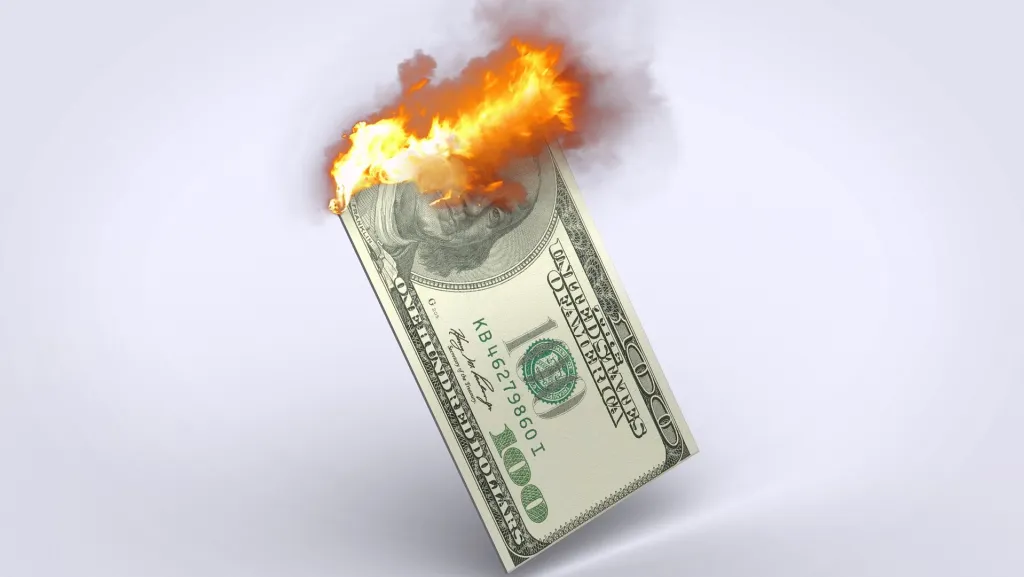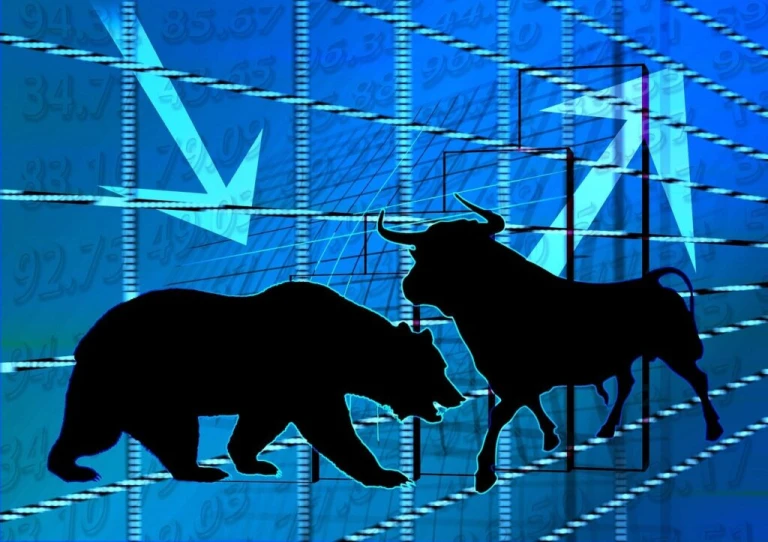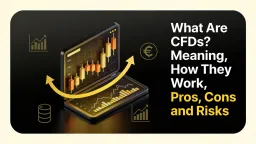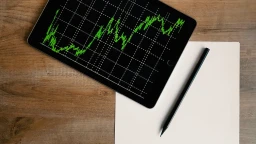What is October Effect and why does it occur?

The October effect, which gives October a distinctive place in finance, makes it one of the most dreaded months on the financial calendar. Let’s investigate to determine whether the worry is justified.
What is the October Effect?
The October effect is a widely accepted market presumption that stock values will decline in October. It is not a true reality; rather, it is more of a psychological belief. This notion goes against what statisticians perceive to be true. This month has seen numerous significant market drops throughout the history of the stock market; as a result, many investors’ interests in this month may be shaken. Numerous things happened that led to stock losses, which is why October has a terrible reputation. On October 19, 1987, known as “Black Monday,” the enormous Dow dropped 22.6% in a single day. In addition, the other dark times contributed significantly to the Great Depression. It was a financial catastrophe that lasted until the mortgage crisis nearly hit the entire global economy.
Event I: The Bank Panic of 1907
Threats of legislative action against trusts and dwindling credit were the main causes of the impending financial panic that threatened to overwhelm Wall Street. Beginning in October 1907, the panic lasted for six weeks.
There were numerous bank runs and significant panic selling at the stock exchange at this time. A consortium led by J.P. Morgan that carried out the duties of the Federal Reserve before there was a Federal Reserve was all that stood between the United States and a major crash.
Event II: Stock Market Crash, 1929
Due to the large number of people who had money invested in the market, the Crash of 1929, which started on October 24, was a bloodletting of an unparalleled magnitude. It left behind a number of “dark” days that each set a record-breaking slip in the annals of history.
Event III: Black Monday
A financial collapse and an unexpected stock market drop are the epitome of Monday. Automatic stop-loss orders and financial contagion throttled the market severely on October 19, 1987, or “Black Monday,” as a domino effect reverberated throughout the globe. The Federal Reserve and other central banks stepped in, and the Dow quickly bounced back from its 22% decline.
An Analysis of the October Effect
The most volatile month for stocks historically has been October, it is true. The S&P 500 experiences more swings of 1% or more in October than in any other month since 1950. A portion of that can be attributable to the fact that in the United States, elections take place in early November every other year in October. Surprisingly, September has had more historically negative markets than October.
More significantly, the triggers for both the 1929 crash and the 1907 panic occurred in September or earlier, and the response was only tardy.
The panic almost happened in March of 1907. The public’s trust in trust corporations, which were viewed as unsafe due to their lack of regulation, continued to decline throughout the year. In the end, public distrust reached a peak in October, which led to a run on the trusts.
When the Federal Reserve outlawed margin trading loans and raised interest rates in February, the 1929 Crash may have officially started.

Also: Read What is Day Trading? How does it work?
Does the October Effect really exist?
The October effect is not supported by the numbers. There is just no evidence to back up the assertion that the specific is a losing month if we examine all the monthly returns dating back more than a century. Although several significant historical occurrences have occurred in October, they have largely been remembered because of Black Monday’s terrible sound. Other than October, markets have also collapsed.
The dotcom catastrophe and the financial crisis of 2008–2009 are events that many investors today can recall more clearly. However, neither of those events received the ominous designation of “black” for a certain month. Lehman Brothers collapsed on a Monday in September, greatly raising the stakes of the financial crisis on a worldwide scale, although it wasn’t labeled as a second Black Monday. For whatever reason, the news media no longer makes a big deal about the bad days. Wall Street doesn’t seem particularly motivated to start doing it again either.
Additionally, a growing number of international investors don’t view the calendar from the same historical vantage point. The October effect had to come to an end because it was largely based on intuition and a few unplanned opportunities to spread a myth. This is sad in a manner since it would be great for investors if financial catastrophes, panics, and crashes only happened once a year in one month.









